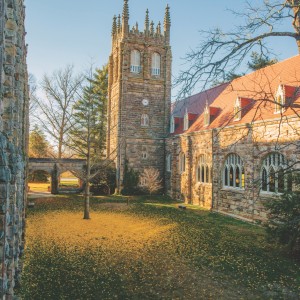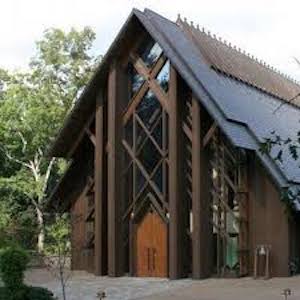The logs of Rebel’s Rest have been the subject of an ongoing dendrochronological study by Professor of Forestry Scott Torreano and Patrick Vestal (C’12). They have taken approximately 100 samples from the oak, chestnut, and tulip poplar timbers of Rebel’s Rest, and are using tree rings in the samples to date them. After samples are sanded down, the rings are counted and measured with a Velmex measuring system, software that enables Vestal to match the rings in an undated sample to those in a sample that has already been dated, a process known as “crossdating.” So far Vestal has dated about 20 samples from Rebel’s Rest, all white oak, and has fit them into the regional chronology for dates from 1706 to 1866.
Because Fairbanks kept detailed records and the University Archives hold the original mill invoices for the Rebel’s Rest, Vestal and Torreano know when the logs of the original structure were cut. However, cut dates are important for the logs that made up the additions, since these dates will help confirm whether the logs from the additions were recycled from other structures.
As an undergraduate at Sewanee, Vestal was a recipient of the Environmental Studies and Raoul Conservation Internship and had an opportunity to learn dendrochronology from some of the most respected experts in the field, while working in the old-growth forest in nearby Savage Gulf. He has used the dated chronology of wood samples from Savage Gulf to date the timbers from Rebel’s Rest. This research both provides important information about Rebels Rest but also makes significant contributions to the tree-ring database for the region.

